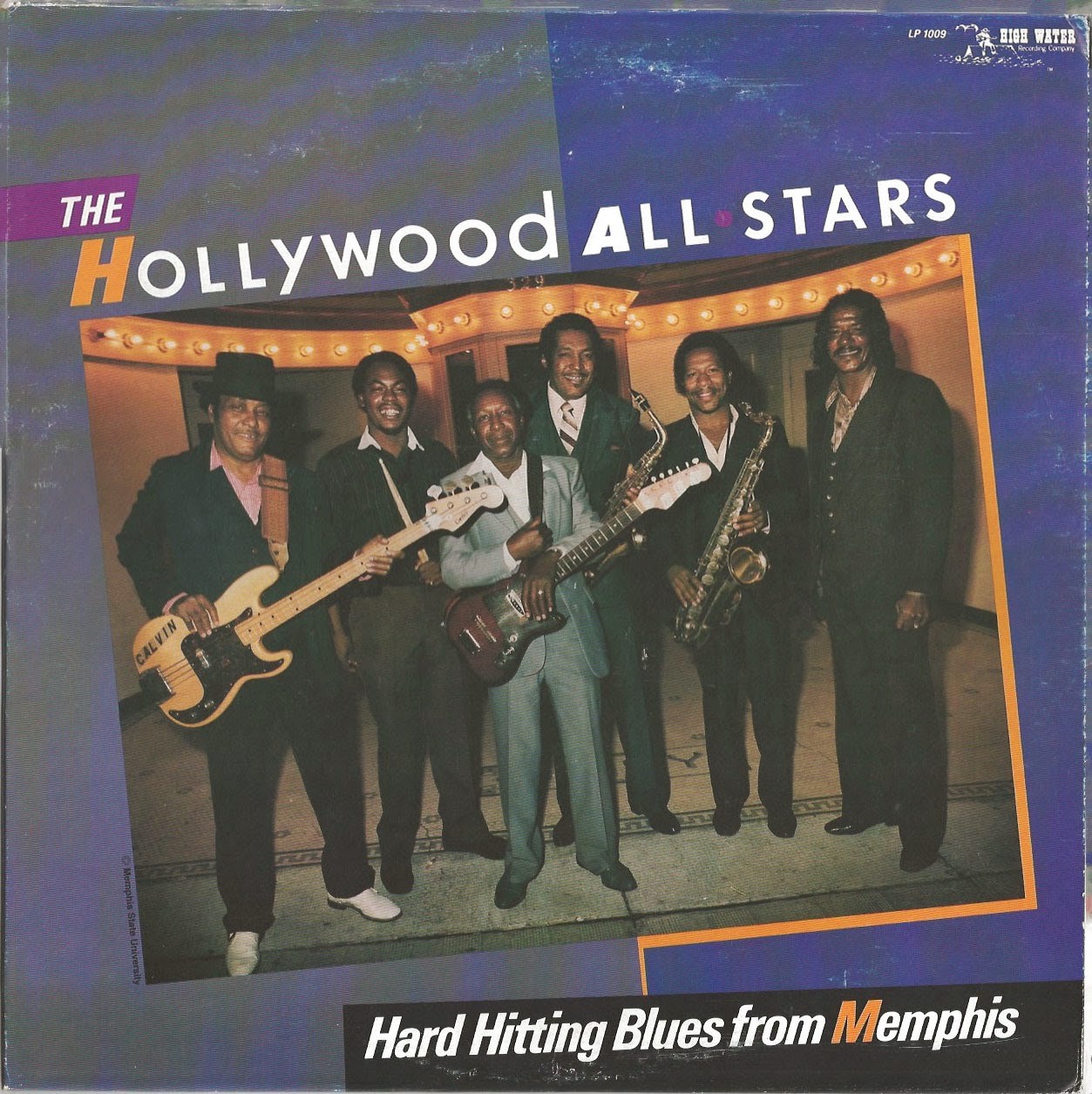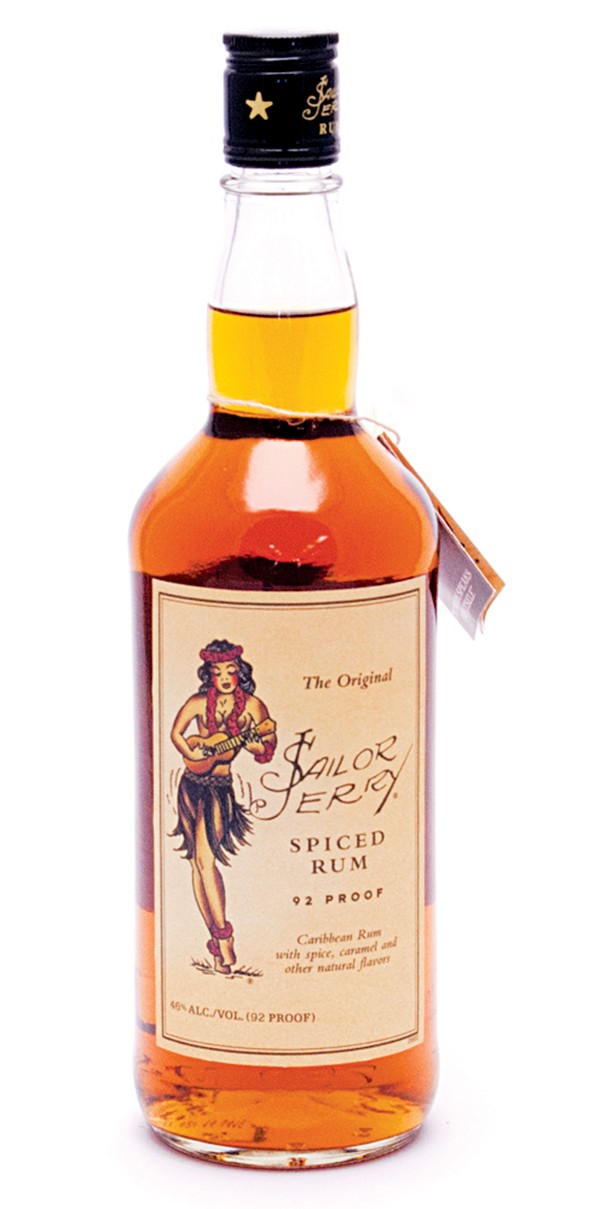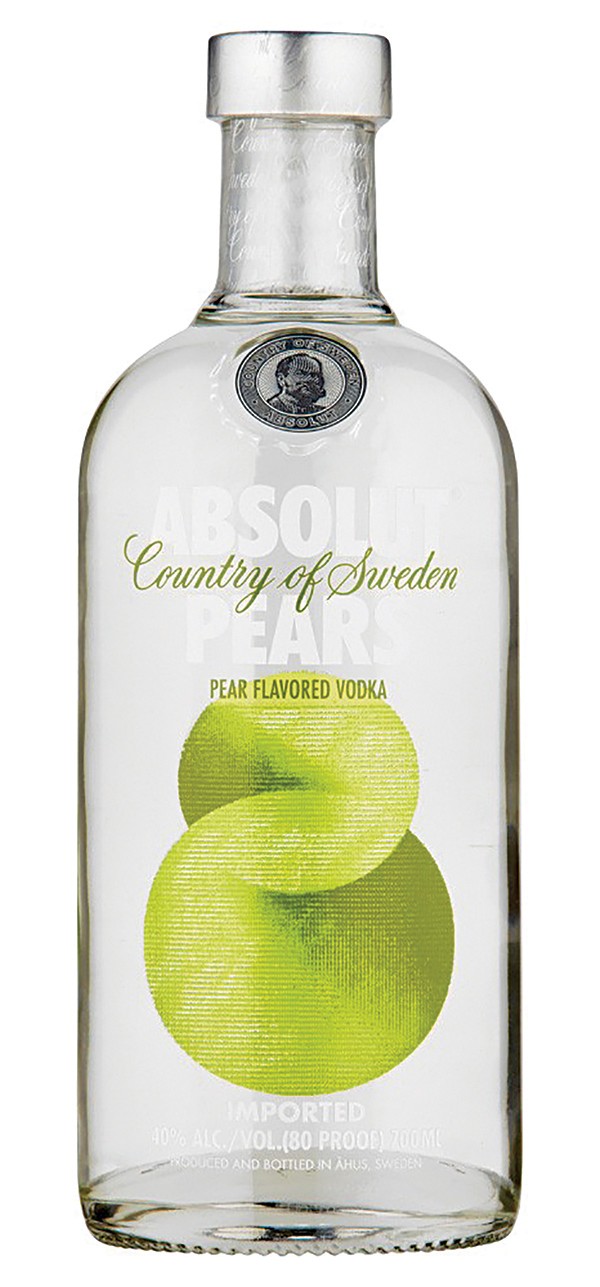When I catch up with EarthGang, they’re in Albuquerque, New Mexico, halfway through their first headlining U.S. tour. It began on February 1st in Seattle and winds through Memphis for a gig at Minglewood Hall’s 1884 Lounge on Friday, March 2nd before ending in Vancouver, Canada, nine days later.
The Atlanta-based hip-hop duo, individually known as Doctur Dot (real name: Eian Parker) and Johnny Venus (Olu Fann), takes a moment to reflect on their last major road stint, 52 dates with Ab-Soul that began in 2014.
“Last time we were supposed to play Albuquerque, we couldn’t even afford to get to the New Mexico show,” Dot says.
“It really was a grind,” Venus adds. “Some shows, we pulled up moments before getting onstage. We were changing clothes in the car, or just pulling up and hopping on stage. It was about being out on the road and getting our music out there — getting our feet wet, getting onstage, getting our fan base.”
The two are looking forward to arriving in Memphis. They namecheck Juicy J on their newest single, “Nothing But the Best,” and are fans of local trap artist Blac Youngsta, and count Three 6 Mafia and Al Green among their influences.
“We have fun on the road,” Venus says. “Right now, the most challenging thing is creating downtime, sanctuary, self-care — looking into yourself and looking after yourself. When you’re traveling through all of these different time zones and everything around you is moving, getting five minutes of silence, or just two minutes here and there to take a walk, balances out the constant influx.”
As EarthGang, a cosmically clever, ambitiously intellectual, and highly-textured deviation on the current boom-bap revival, Venus and Dot are garnering national recognition. They formed the band as high school students in southwestern Atlanta in 2008 and continued the project as they both completed degrees at Hampton University. With likeminded Atlanta artists J.I.D., Jordxn Bryant, and Hollywood JB, they formed the indie imprint Spillage Village before signing to J. Cole’s Dreamville label in late 2017 and immediately releasing a pair of EPs, Rags and Robots, that propelled them to the top of many best new artists lists.
Along the way, EarthGang built a devout following of music critics, crate diggers, and fellow musicians. Way back in 2014, 2DopeBoyz, the blog bible for rap fans, posted a headline that read “Meet EarthGang, an Atlanta Duo Who We’ve Been Sleeping on for Far Too Long.” The four years that have elapsed since — an eternity in the music business — might have crushed lesser artists, yet Dot and Venus refuse to be flummoxed.
“People say that overnight sensations take 10 years,” Dot says. “Jimi Hendrix played with the Isley Brothers for years before he became Jimi Hendrix. Prince did so much work at the ages of 13 and 15, yet didn’t make his debut album until he was 18 or 19. It’s par for the course, and it continues to build the legend.”
Citing the three EPs that EarthGang have released on Dreamville — the latest, Royalty, dropped last Friday — Venus says the duo strives to be “passionate about what we’re saying: Be deliberate, but don’t take it too seriously.”
“We just want to amplify life,” Dot says, likening the listener’s experience to “walking through an art gallery. You’ll make your own assumptions based on what you hear. We just put these paintings in front of you. We hope y’all enjoy it.”
Royalty, which features shrewdly intuitive autobiographical lyrics rapped over jazzy riffs, soulful harmonies, and gospel-inflected chords, has already reaped comparisons to Atlanta hip-hop pioneers like OutKast and Goodie Mob.
Those kind of parallels “don’t matter, to be honest,” says Venus. “There’s a whole generation of adults right now who were born in 1999, and they don’t even know OutKast. We make our own stuff. We have our own sound and our own producers who we work with. We’re moving forward.”
“Whether it’s brushing my teeth or taking a shower, I’m going to do it uniquely,” Dot says. “It’s going to fully be an expression of myself, no matter what my influences might be. I love doing what I do, purely for the sake of doing what I do.” Anything less, he asserts, and “you’re basically a fraud.
“With our deal at Dreamville,” Dot continues, “we’re more hands-on than ever. We like to have things the way we like to have them, and nobody else understands [EarthGang] enough to do it the right way. These days, everything is copied and pasted, everything is posted, and everything is recorded. And right now, we need authenticity.”
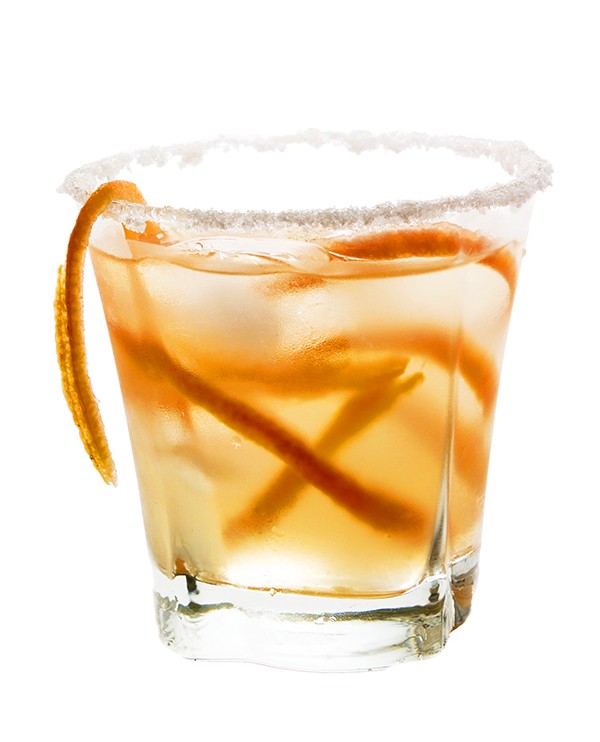 Ivan Mateev | Dreamstime.com
Ivan Mateev | Dreamstime.com 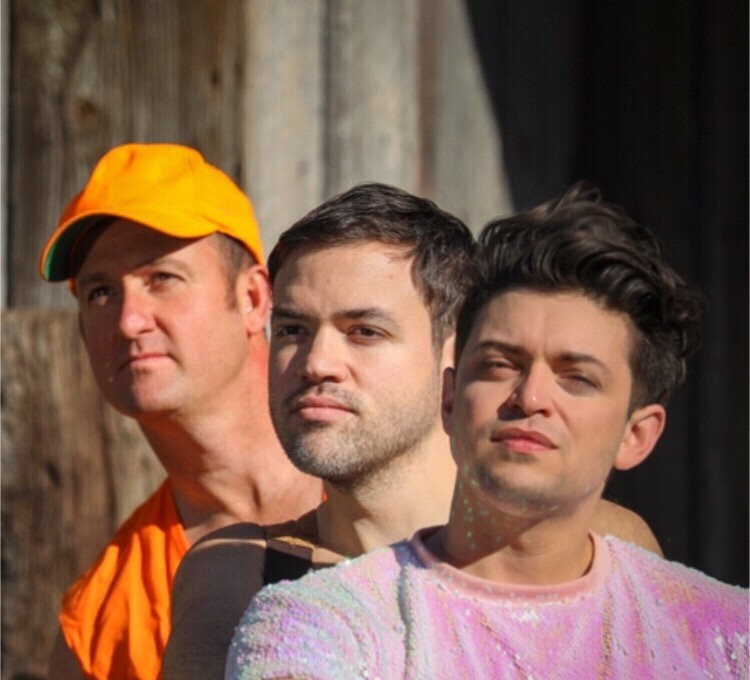
 Edith Layland | Dreamstime.com
Edith Layland | Dreamstime.com 